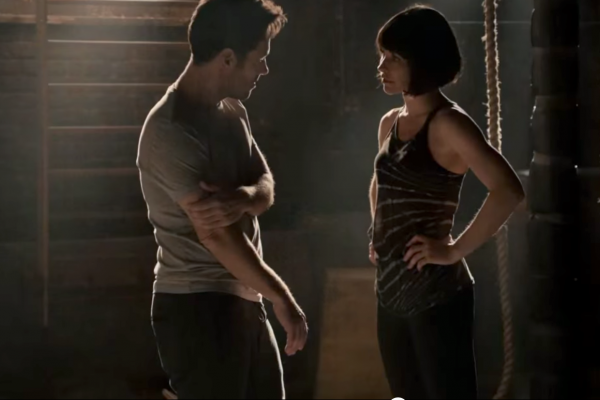In many ways, Ant-Man — Marvel’s latest addition to its cinematic superhero pantheon — feels like a response to criticisms leveled at the studio lately. Namely: the films’ lack of any female superheroes; and their penchant for rampant destruction with little regard for the consequences. Ant-Man handles the latter with a gonzo sense of creativity and clever humor. Marvel’s response to female representation issues, however, doesn’t quite stick the landing.
Hope is an excellent fighter and extremely smart. With her knowledge of her father Hank’s work and her role within Pym Industries, she’s the natural choice to lead the mission for which Scott Lang is recruited. But she gets stuck on the sidelines. While the film addresses this through Hank’s concern for her well-being, as well as his experience losing Hope’s mother Janet in action — a choice that certainly makes sense for Hank’s character — Ant-Man chooses to let the matter lie there, instead of further addressing it. A post-credits scene shows Hope getting her own costume, though as of yet, she won’t be getting her own film.
Read the Full Article

